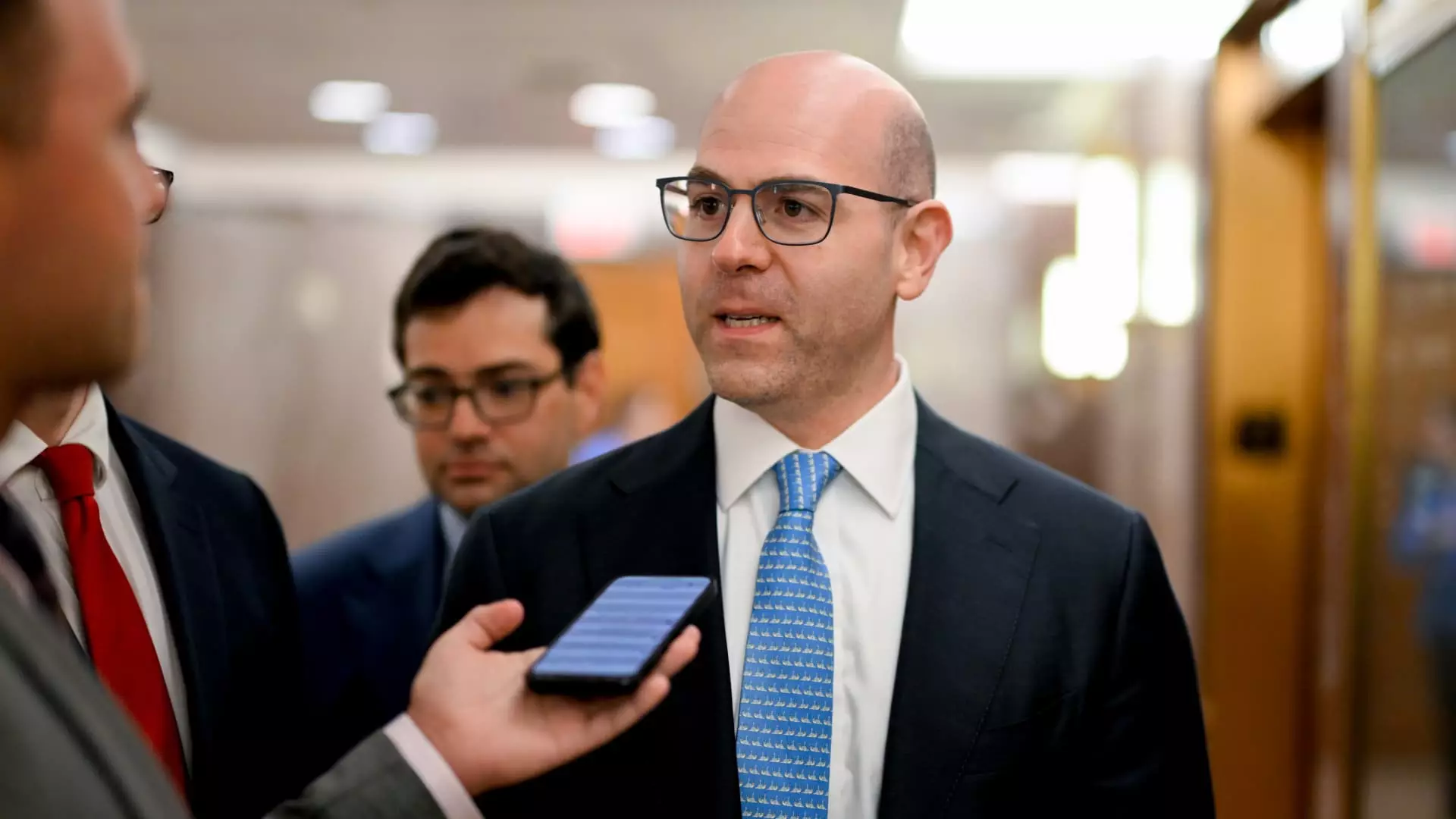In recent financial discussions, a notable Fed official has challenged the conventional wisdom regarding the inflationary impact of tariffs. Stephen Miran, a Federal Reserve Governor, openly dismisses concerns that President Trump’s trade measures are fueling inflationary pressures. His stance deserves scrutiny, not just as a contrarian viewpoint but as a reflection of a broader ideological bias that downplays the significance of tariffs in the macroeconomic landscape. While he claims there is “no evidence” that tariffs are driving inflation, this perspective risks oversimplifying a complex set of economic signals and underestimating the subtle, long-term distortions that trade policies can instill.
Miran’s assertion that the absence of differential inflation between import-heavy goods and overall core inflation negates any inflationary effect is an argument that ignores the multifaceted nature of price formation. Prices are influenced by myriad factors, including supply chain dynamics, labor markets, and monetary policy responses. To dismiss tariffs’ potential impact outright neglects the reality that inflation is often the result of a web of interdependent variables, many of which can be subtly influenced by trade restrictions.
The Fallacy of Policy Comfort in a Stable Inflation Environment
The central issue with Miran’s position is rooted in the assumption that current inflation statistics fully capture underlying economic pressures. While official measures may show inflation running above the 2% target, those figures are not immune to manipulation or the lagging nature of data collection. There’s a danger in becoming complacent when the data appears stable, especially when considering the weight of recent policy decisions.
Miran’s confidence in the absence of inflation from tariffs feeds into a broader narrative that trade tensions are harmless. This ignores the possibility that tariffs could generate inflationary pressures through less obvious channels—cost-push inflation, for example, or supply chain disruptions that increase marginal costs for producers. These effects may not surface immediately or be immediately visible in traditional inflation measures but can accumulate over time, sowing instability in the economy’s fundamentals.
Political Bias and Economic Reality: A Tenuous Balance
Miran’s optimistic assessment also reflects an ideological inclination common among center-right economists, who often emphasize free-market principles and skepticism of government intervention. While such perspectives have merits, they often underestimate the risks associated with aggressive trade policies. The claim that immigration policies or border controls could significantly influence inflation is simplistic and neglects the globalized interconnectedness of modern economies.
It is undeniable that immigration can influence housing prices and labor availability, but tying these directly to disinflation or inflation oversimplifies the broader economic effects. The real danger lies in the policymaker’s willingness to ignore the potential for trade tensions to destabilize supply chains, weaken manufacturing sectors, and create a climate of uncertainty that hinders investment—all factors that can, over time, lead to inflationary pressures or economic stagnation.
The Risks of Overconfidence and Policy Misjudgment
Miran’s stance also demonstrates a dangerous complacency rooted in the belief that current data and trends will persist unchanged. History warns us that economic environments are cyclical and often defy the narratives of self-assured officials. The decision to reduce interest rates amidst inflationary signals, especially when driven by political considerations such as trade wars, can be a recipe for future instability.
The notion that a lack of inflationary evidence today guarantees immunity in the future is naive. Policymakers must understand that economic shocks—like unanticipated tariffs or geopolitical disputes—can have lagged, nonlinear effects that only become apparent after the fact. Ignoring these signals risks delaying necessary adjustments until the economy is vulnerable to more severe corrections.
In sum, Miran’s dismissive attitude towards the inflationary threat from tariffs reveals a broader ideological bias that prefers to ignore uncomfortable realities. A more pragmatic approach recognizes the multifaceted influence of trade policies and acknowledges that the economy’s response to such measures can be complex, delayed, and unpredictable. Policymakers should exercise caution, remain vigilant to subtle market signals, and resist the allure of superficial stability narratives. Overconfidence, especially in the face of mounting uncertainties, can be a perilous trap—one that future generations may pay for with economic instability and diminished faith in institutions.

